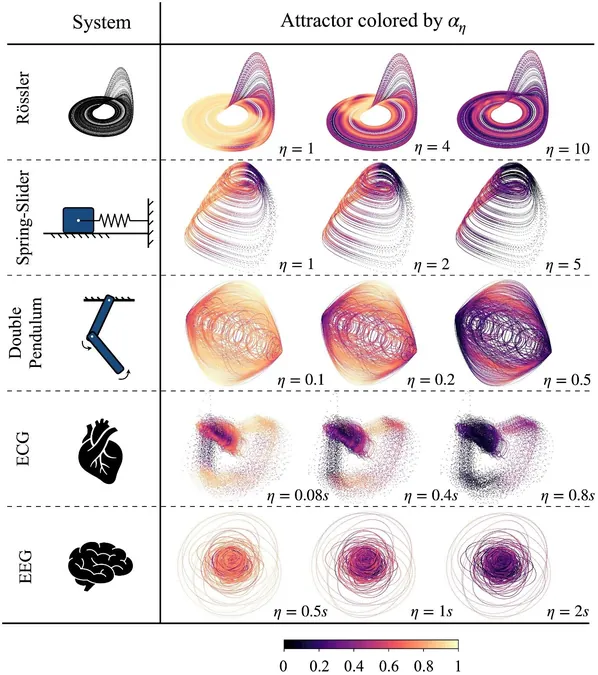
Unlocking Evolution's Secrets: How Comb Jellies Change Our Understanding of Gene Control
2025-05-08
Author: John Tan
A Groundbreaking Study Sheds Light on Ancient Gene Regulation
In the intricate dance of life, the timing of gene activation is paramount. Even the simplest organisms manage this feat, toggling genes on and off typically within their immediate vicinity. However, a recent study reveals that a more advanced regulatory mechanism, capable of influencing genes from great distances, emerged much earlier than believed—between 650 and 700 million years ago, specifically at the dawn of animal evolution.
The Mystery of Long-Distance Gene Control
Known as distal regulation, this sophisticated form of gene control hinges on the ability of DNA and proteins to form complex loops. This innovation allows distant sections of DNA to interact, facilitating the emergence of specialized cell types and tissues in early multicellular animals without the need for new genes.
Ancient Origins: The Sea Creature Connection
Researchers from the Centre for Genomic Regulation (CRG) and associated institutions uncovered that this pivotal advancement likely originated in a primitive sea creature, the common ancestor of all modern animals. This ancient being could manipulate its genetic structure much like a Swiss army knife, enabling various survival strategies.
Discoveries Beneath the Waves
By probing the genomes of some of the oldest branches of the animal family tree—such as comb jellies, placozoans, and sponges—the research team uncovered a treasure trove of genetic loops. The study highlighted that the sea walnut (Mnemiopsis leidyi) alone boasts over 4,000 genomic loops, despite its relatively compact genome size of 200 million DNA letters, starkly contrasting with the human genome's 3.1 billion letters.
A Surprising Shift in Evolutionary Timeline
Previously, distal regulation was thought to have appeared about 500 million years ago in the last common ancestor of bilaterians. However, the findings suggest that this capability emerged at least 150 million years earlier than scientists had estimated, indicating that such intricate gene control mechanisms existed long before many major animal lineages diverged.
A Tale of Architectural Proteins
Typically, in vertebrates, gene looping is managed by a critical protein known as CTCF, which organizes genomic architecture. However, in ancient species like comb jellies, a different protein from the same family fulfills this role, debunking the notion that advanced genomic regulation exclusively relies on CTCF.
Implications for Modern Medicine and Biology
Understanding the origins and mechanisms of distal regulation not only illuminates the evolutionary pathways of life but also has profound implications for modern medicine. By tracing the roots of error-prone gene regulation back to ancient beings, researchers may uncover vulnerabilities and lead to fresh therapeutic strategies for diseases stemming from genomic malfunctions.
A Collaborative Effort for Future Discoveries
This transformative research was made possible through collaboration between multiple institutions and was funded by an ERC Starting Grant from the European Union. As we continue to study ancient life forms and their cutting-edge genetic mechanisms, who knows what other secrets about our DNA may still lie beneath the waves?





 Brasil (PT)
Brasil (PT)
 Canada (EN)
Canada (EN)
 Chile (ES)
Chile (ES)
 Česko (CS)
Česko (CS)
 대한민국 (KO)
대한민국 (KO)
 España (ES)
España (ES)
 France (FR)
France (FR)
 Hong Kong (EN)
Hong Kong (EN)
 Italia (IT)
Italia (IT)
 日本 (JA)
日本 (JA)
 Magyarország (HU)
Magyarország (HU)
 Norge (NO)
Norge (NO)
 Polska (PL)
Polska (PL)
 Schweiz (DE)
Schweiz (DE)
 Singapore (EN)
Singapore (EN)
 Sverige (SV)
Sverige (SV)
 Suomi (FI)
Suomi (FI)
 Türkiye (TR)
Türkiye (TR)
 الإمارات العربية المتحدة (AR)
الإمارات العربية المتحدة (AR)